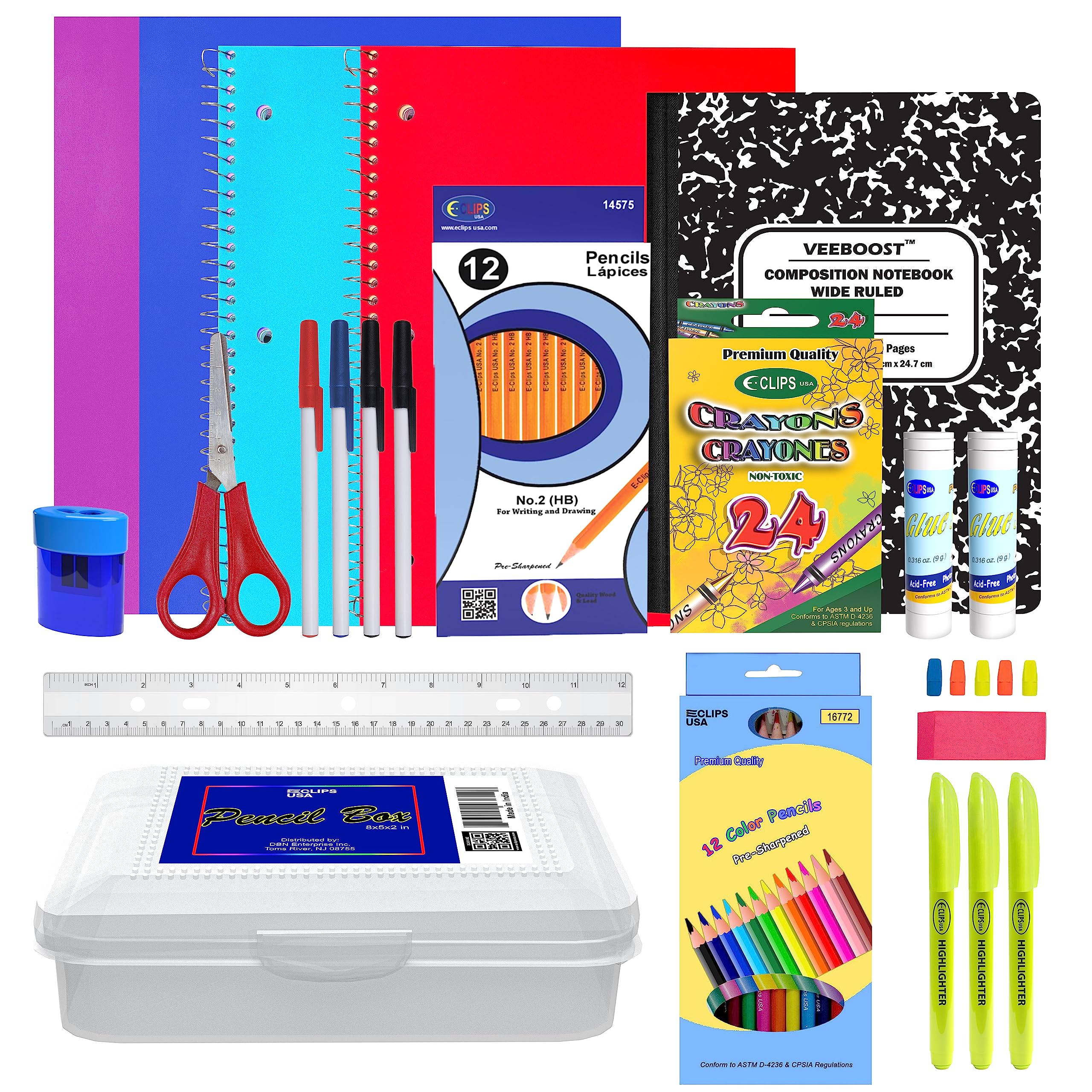Understanding Your Core Needs: The Foundation of Smart Budgeting
Embarking on a new academic year means equipping yourself with the tools for success, but it doesn’t have to drain your finances. The cornerstone of smart budgeting for back-to-school supplies begins with a clear differentiation between wants and needs. Start by creating a detailed list of essentials based on your curriculum, such as textbooks, scientific calculators, or art materials specific to your course demands. This list forms your non-negotiable budget allocation. Reflect on the previous academic year and identify what supplies were truly necessary and which ones gathered dust. By focusing your funds on the items that support your educational journey, you minimize wasteful spending.

The Early Bird Gets the Deals: Leveraging Sales and Discounts
Timing your shopping can lead to substantial savings. Retailers often offer back-to-school sales, clearance events, and special promotions throughout the year – the key is to keep an eye out well in advance. Create a calendar alert for tax-free weekends and bookmark promotional periods like Black Friday or Cyber Monday, even if they fall outside the traditional back-to-school season. Email subscriptions to office supply stores and educational retailers can also be a goldmine for exclusive coupons and early-bird specials. Don’t forget to explore loyalty programs where points can translate into dollars off your purchases. By planning ahead and striking at opportune moments, you can stretch your budget further.
Invest in Quality: The Long-term Savings Strategy
While the allure of cheap items can be strong, especially when on a tight budget, investing in quality can lead to greater savings over time. Durable backpacks, binders, and tech devices often come with warranties or guarantees, ensuring you won’t have to repurchase them year after year. For example, a high-grade, ergonomic backpack might save on future chiropractic costs, while a sturdy laptop with good tech support can avoid costly repairs. Research product reviews and seek recommendations from peers to find items that offer the best balance of quality and cost. Remember, the most economical purchase is often the one you only have to make once.
Embracing Secondhand and Refurbished: A Wallet-Friendly Choice
The secondhand market is a treasure trove for budget-conscious shoppers. Gently used or refurbished supplies like electronics, textbooks, and even sports equipment can be found at a fraction of their original cost. Platforms such as eBay, Craigslist, and Facebook Marketplace are great starting points for finding secondhand deals. Some schools and community groups also host swap events where you can trade items with other students. When opting for refurbished tech, ensure it’s certified and comes with a warranty for peace of mind. Not only does buying secondhand save money, but it also promotes a circular economy and reduces environmental waste.
DIY and Upcycling: Creative Cost-Cutting
In the spirit of frugality, don’t underestimate the power of DIY and upcycling, which can transform items you already own into the school supplies you need. Customizing a used binder with fabric or stickers can give it a fresh, personalized look. Making your own pencil cases and book covers from materials around the house can be a fun, creative project that spares your wallet. Even upcycling old tech with new software or hardware upgrades can breathe new life into them. Engaging in these hands-on projects not only saves you money but also offers a sense of satisfaction and uniqueness to your school gear.
In wrapping up, smart budgeting for your back-to-school supplies requires a mix of strategic planning, timely purchasing, quality over quantity, savvy secondhand shopping, and creative DIY approaches. By embracing these principles, you’ll not only manage your finances wisely but also cultivate a resourceful and sustainable mindset that will benefit you throughout the academic year and beyond. Remember, a successful haul is one that meets your educational needs without compromising your financial health, setting you on a path to academic success that’s both financially and environmentally conscious.